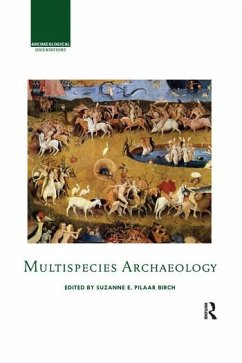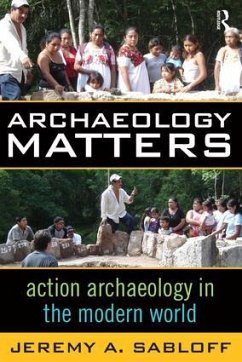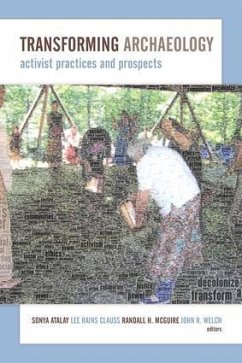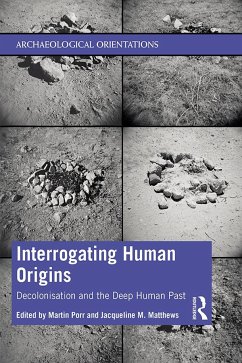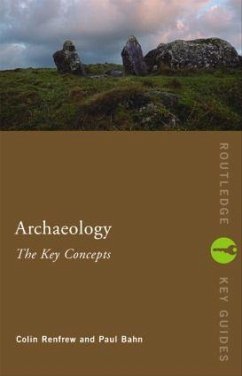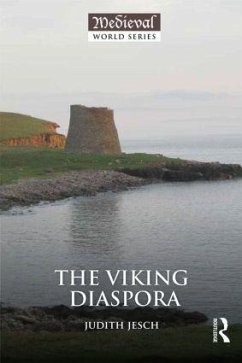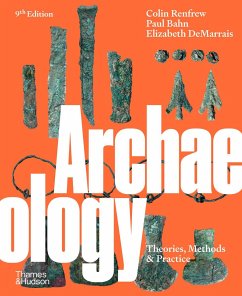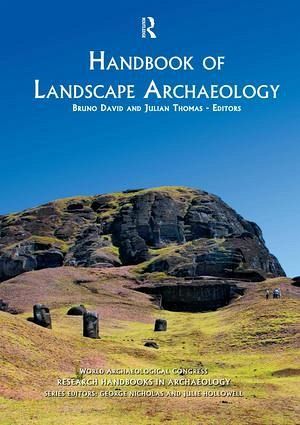
Handbook of Landscape Archaeology
Versandkostenfrei!
Versandfertig in 1-2 Wochen
66,99 €
inkl. MwSt.
Weitere Ausgaben:

PAYBACK Punkte
33 °P sammeln!
Over 80 archaeologists from four continents create a benchmark volume of the ideas and practices of landscape archaeology, covering the theoretical and the practical, the research and conservation, and encasing the term in a global framework.





